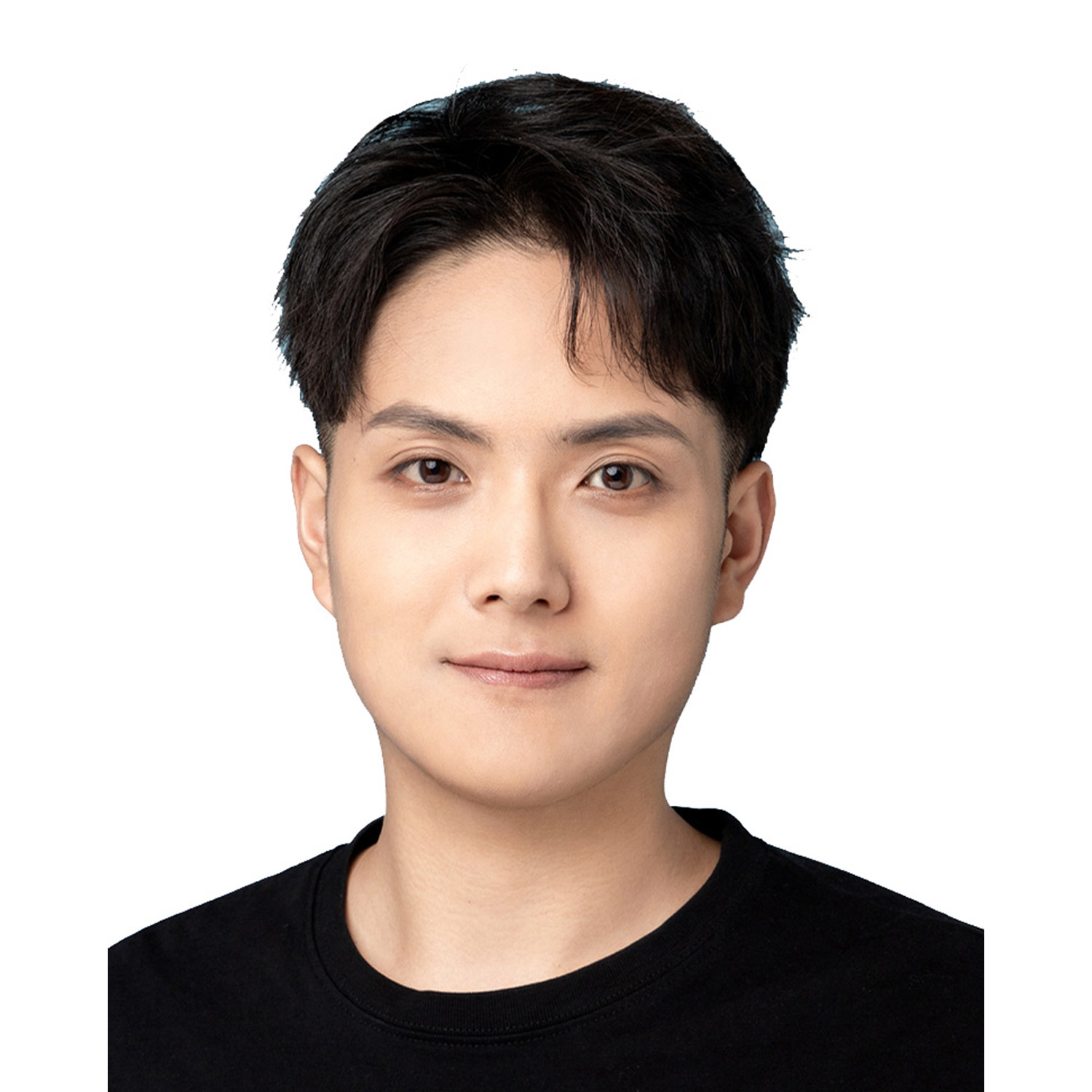 AI Summit
AI Summit
-
 Yang Yuanyuan
Honor Terminal Limited
Head of UX Strategy and Innovation
Yang Yuanyuan
Honor Terminal Limited
Head of UX Strategy and Innovation
Engaged in intelligent terminal industry experience design for 15 years, focusing on brand user experience innovation, hardware and software integration experience upgrade. He has been the director of Huawei terminal GUI Platform Innovation Group, the design director of Cisco Technology GUI, the director of Coolpad Group GUI and packaging department, the general manager of Black Shark Game mobile player Experience Design Department, and the current leader of Honor UX strategy and innovation team.
-
 Liu Yong
Huawei UCD Center
Design Manager
Liu Yong
Huawei UCD Center
Design Manager
Manager of Design Department of Huawei UCD Center, 18 years of experience in user experience design industry, joined Huawei in 2007, and has experience in design, engineering methods and experience strategy management covering multiple fields of operators, consumers and enterprises. At present, I mainly lead the design team to build the experience design competitiveness in the fields of ICT communication and computing industry, Huawei Cloud, and industry digital transformation, and match the company's technologically advanced product solutions to provide competitive user experience design architecture and solutions. Recent work has focused on experience design empowering digital transformation across industries through smart design.
-
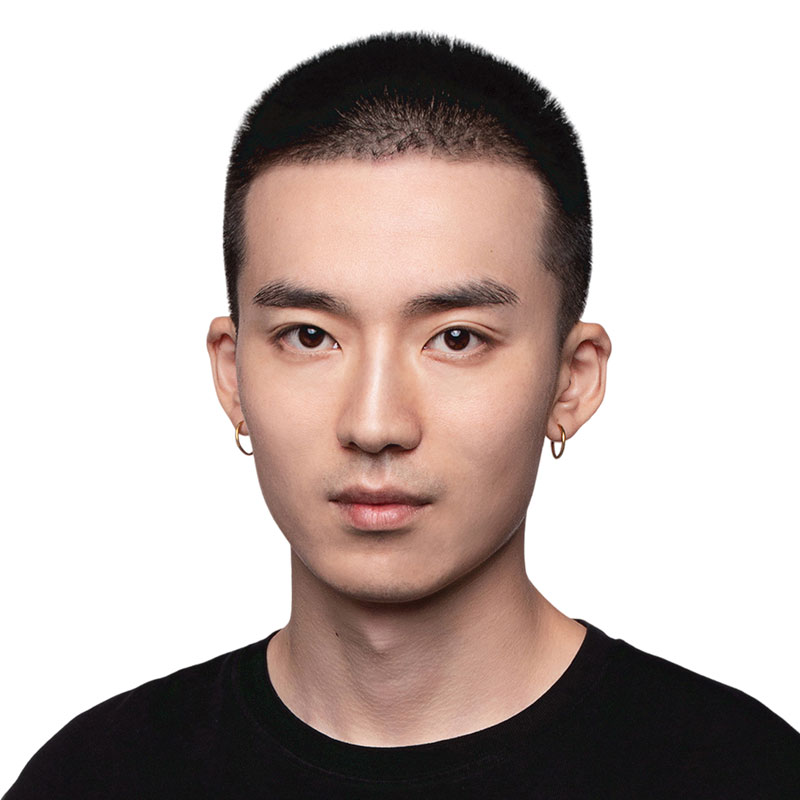 Xu Jian
Jingdong Retail Group
Associate Director of Experience Design
Xu Jian
Jingdong Retail Group
Associate Director of Experience Design
At present, I am working in Jingdong Retail Group, mainly responsible for the experience design and design management of retail e-commerce marketing operation, including venue marketing and interactive marketing. Past project representatives: Jingdong App V8.0-V10.0 revision, 618 promotion, 11.11 promotion, etc. The major focuses on the basic logical thinking of experience design and the quantitative value research of experience design.
Design concept: Based on the three major components and behavioral psychology, it supports the experience design of interface, user, service and system in stages.
-
 Zhang Haoran
Motiff
Vice President
Zhang Haoran
Motiff
Vice President
He is Vice President at Motiff. He has been responsible for zebra growth and quality products. He has led the team to create zebra encyclopedia and other well-known products. He was an early product manager at Zebra App, a leader in children's digital content. He has a deep understanding of the AI product design and development process, he also led the team that created China's first 3D interactive children's encyclopedia of digital content, “Zebra Encyclopedia.” He joined Motiff in 2022, looking to extend his design and growth experience in the field of AI products, ai-driven design industry productivity, so that designers out of the cumbersome work, return to the design itself.
-

Xu Liang UBTECH Design Center Leader
He has been in the industry for 18 years, and has gone through different industries, from electronic express goods to the Internet and now AI Robots. He has witnessed the booming development of domestic design, but also with the development of Chinese design and growth. He joined the company in 2016 as Director of the Design Centre, responsible for the design of the company's UI, UE, ID and dynamic and part-use research. His main works include JIMU, Sun Wukong and a range of products.
The Development of AI-enabled Industry Opens a New Era of Digital Economy
With the advancement of science and technology and the advent of the digital age, artificial intelligence technology is developing at an astonishing speed. It has penetrated into various fields, including medical care, finance, transportation, manufacturing, etc., bringing great convenience and change to people's lives. However, artificial intelligence technology, as a scientific and technological revolution leading the future, undoubtedly faces many problems and challenges in its development process. In this Artificial Intelligence Summit, we invited AI experts from various fields to share the latest research results and innovative application cases for participants, exchange ideas and experiences with participants, and jointly discuss how to realize the industrialization of AI tools and teams, and build AI core; How to use AI to further improve energy efficiency, experience, safety and value; How to design AI responsibly, enable inclusive and sustainable development of enterprises, and make positive contributions to promoting high-quality economic development and building an innovative country.
-
Speech 1:《Intent-based Design: Transforming Human-Computer Interaction Design in the Age of Intelligence》
Speaker:Yang Yuanyuan ( Honor Terminal Limited,Head of UX Strategy and Innovation)
The development of AI technology has led to a more intuitive and natural user experience. Nelson proposes that AI is introducing the third user interface paradigm in the history of computing, moving to a new interaction mechanism where users tell the computer what they want, rather than how to do it. He called the intent-based experience shift enabled by AI the first new UI paradigm in 60 years. This innovative approach to UI design has the potential to revolutionize the way we interact with technology, making it more seamless, efficient, and enjoyable. Since 2016, Honor has begun the design practice of "human-centered" AI enabling, and released the industry's first "service to find people" intelligent business. Based on the three active service capabilities of scene perception, user understanding and intention decision, service initiative to find people is realized. Today, MagicOS is an AI-enabled personalized full-scene operating system, committed to building cross-system, cross-device, cross-application, human-centered full-scene intelligent life solutions. So, how is the concept of "human-centered +AI enabled" design and technology integration innovation implemented in Honor? What are some examples of intent-based design practice? This share will discuss the next generation of user interface paradigms in conjunction with MagicOS innovation cases. The main contents include:
1. From traditional human-computer interaction to intelligent human-computer interaction
1.1 Evolution of human-computer interaction in three stages: Changes in human-computer role and design paradigm
1.2 Next generation interaction paradigm: Intent-based design
2. Intent-based dynamic interface design for a simpler and more personalized experience
2.1 YOYO Recommended Design Case Analysis
2.2 Active Interaction and Container Design
2.3 Multi-Intent Combination Design
2.4 Service Display and touch design classified by Intent: Not miss, Not disturb
3. Intent-based multimodal interactions lead to a more natural, intuitive experience.
Work Case-
 Breath awakening
Breath awakening
-
 Turn the wrist to scan the code
Turn the wrist to scan the code
-
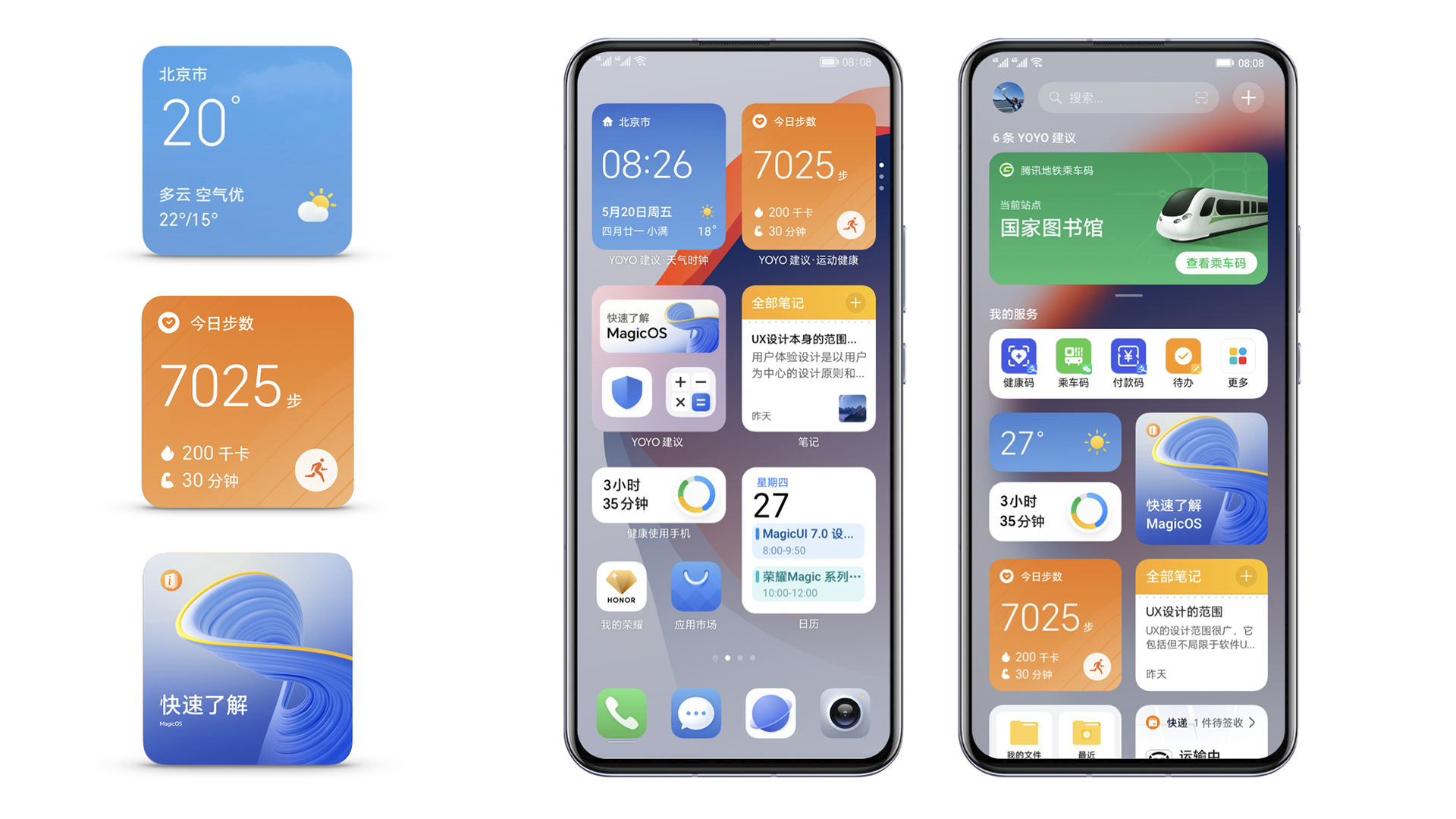 YOYO suggest
YOYO suggest
-
 Multi-device interconnection
Multi-device interconnection
-
-
Speech 2:《Design Reshaping Thousands of Industries: Experience Design Innovation Practice in the Era of Large Models》
Speaker:Liu Yong ( Huawei UCD Center, Design Manager)
In the era of AI large model, in addition to users can complete questions and answers, writing, drawing and other tasks with conversational interaction, how can production, manufacturing, operation and maintenance, and management of thousands of industries achieve innovative scenarios and experiences with the help of AI capabilities, and how can user experience design redefine the user behavior of large models in the process of digital transformation of traditional industries across the link? Through this summit speech, we will combine the practice of Huawei experience design in Pangu Grand Model in intelligent network management, financial services, meteorology, medicine, OS experience innovation and other product fields, and jointly think about the design trend and proposition for the digital intelligent era. Including how we explore more natural human-intelligence interaction with users as the center, how to change user behavior to create more leading user scenarios, how to enhance the trust experience between people and intelligent tools, so as to bridge the gap between technology and users. The main contents are:
1, the scope and boundary of experience design in the era of large models;
2, new scenarios for the application of experience design to reshape large models in industry scenarios;
3, experience design accelerates the implementation of large models in thousands of industries;
4, practice cases and new paradigms of intelligent experience design architecture in the industry.
Work Case-
 Experience the working paradigm of designers in the era of large models
Experience the working paradigm of designers in the era of large models
-
 Pangu large model industry experience design architecture
Pangu large model industry experience design architecture
-
 Pangu large model industry scenario application
Pangu large model industry scenario application
-
 Pangu large model design example
Pangu large model design example
-
-
Speech 3:《Computability of Creative Design》
Speaker:Xu Jian ( Jingdong Retail Group,Associate Director of Experience Design)
In the past few years, we have been surrounded by the concepts of artificial intelligence, big data, cloud computing, and even the meta-universe, but as the "end user" link, we have always stayed in the relatively vague perception of these "concepts"; At present, in the experience design industry, the AIGC technical tools represented by Chatgpt, Midjourney, etc., have actually appeared, can be used by us, and produce content, and Inspur will be as you and I see.
After more than ten years of practice, design is a rational creative process, and this conclusion has gradually become my perception. So since it is a rational creation, is it possible to get the result of creativity and creation through calculation?
At the same time, looking back at the process of technology iteration, we will still raise the issue of technology substitution again and again, so to what extent will AIGC change the development process of design practitioners? With these thoughts in mind, let's have a chat.
Work Case-
 Xu Jian - 互动项目实践
Xu Jian - 互动项目实践
-
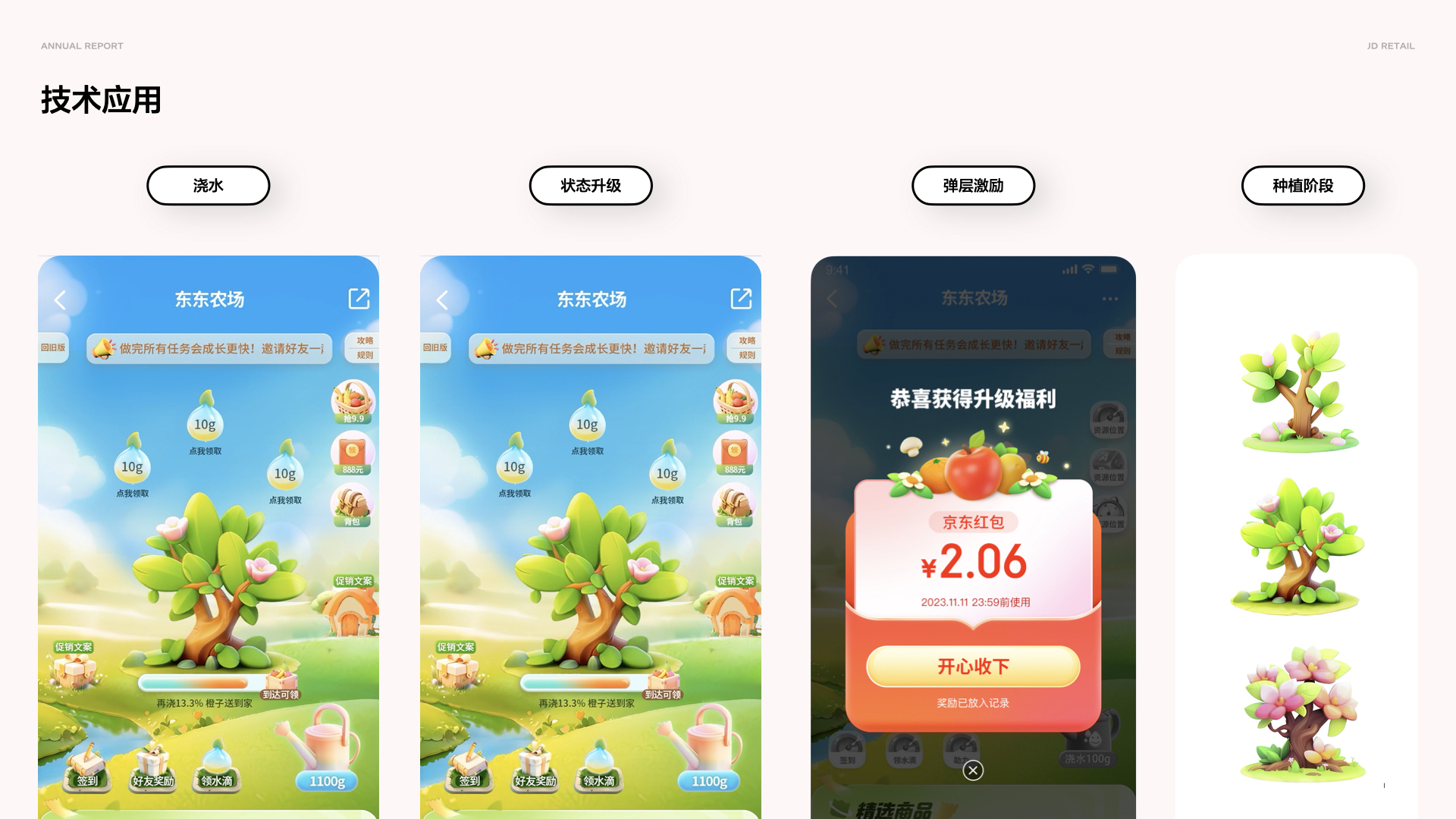 Xu Jian - 互动项目实践
Xu Jian - 互动项目实践
-
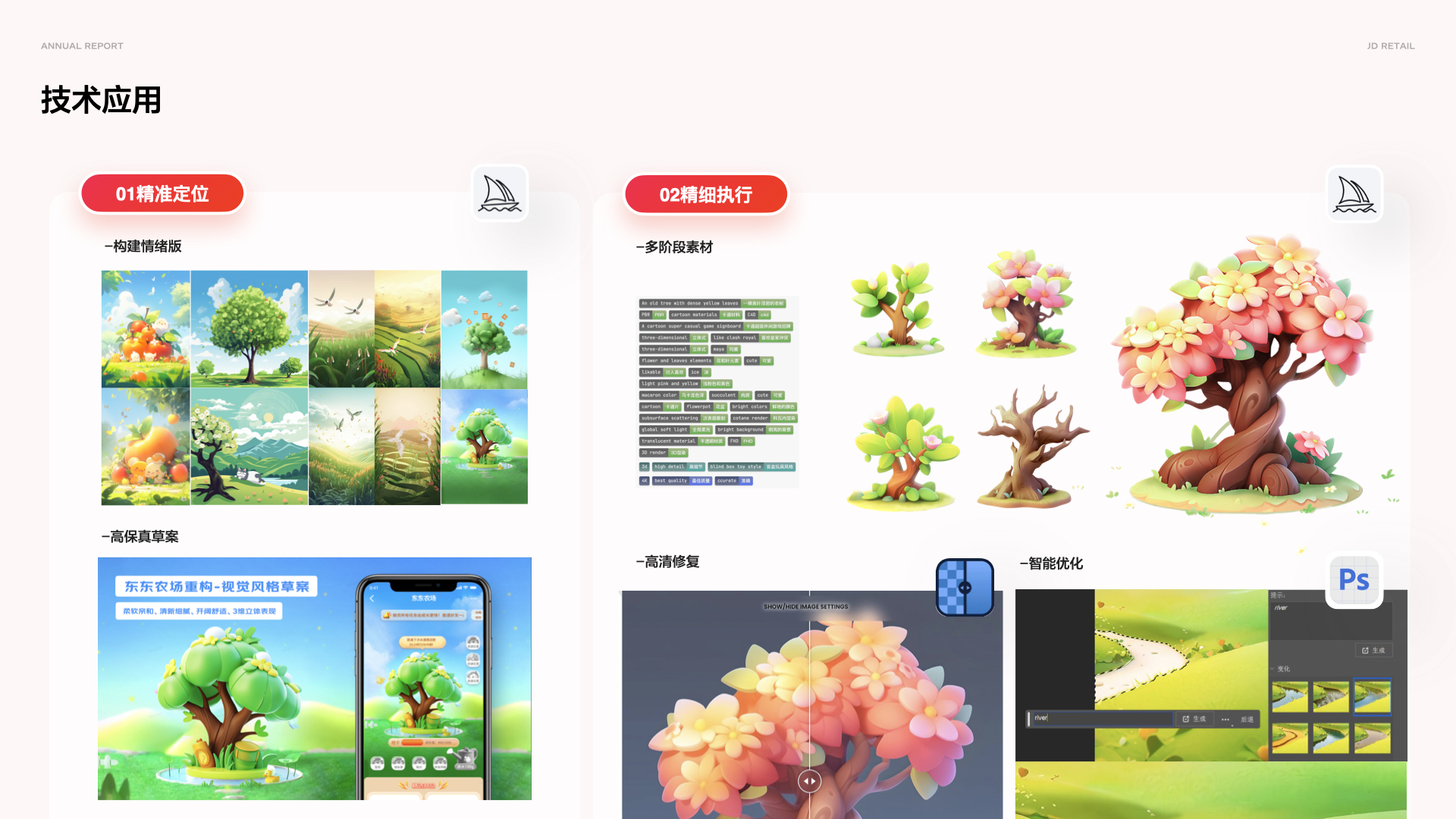 Xu Jian - 互动设计流程
Xu Jian - 互动设计流程
-
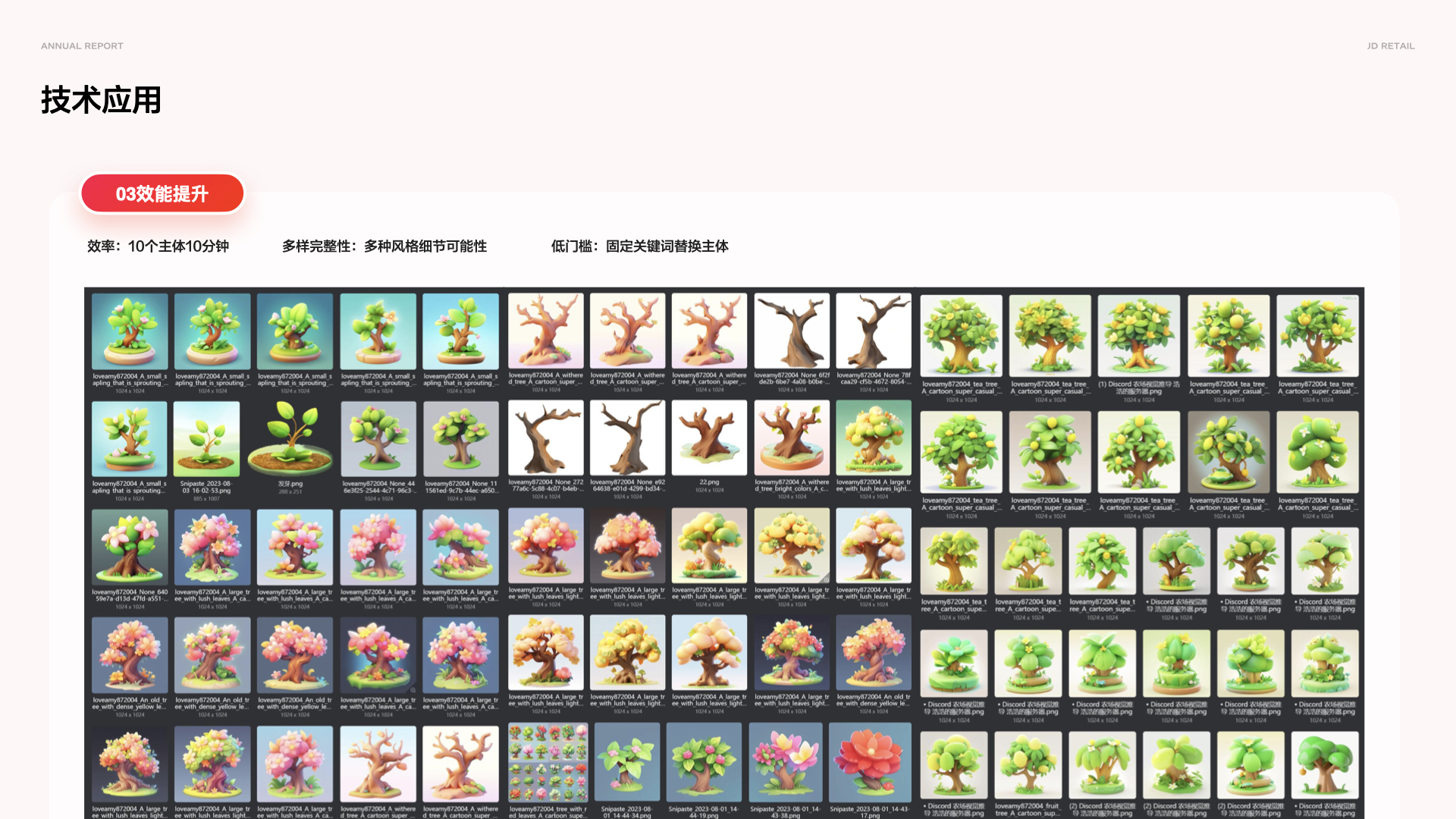 Xu Jian - Midjourney 创意输出
Xu Jian - Midjourney 创意输出
-
-
Speech 4:《AI Design System: A New Way for Future Team Consistency Practice》
Speaker:Zhang Haoran ( Motiff ,Vice President)
A design system is a method of organizing and sharing design resources to improve design efficiency and consistency. It originated in the field of software development in the 1980s, with the rise of the Internet and the increasing importance of user experience, design systems have gradually been widely used in various industries.
This presentation will introduce the development history of Design System and the application status of design teams at home and abroad, as well as the dismantling and analysis of the best practice links and methods of design system. Through the analysis of the pain points and difficulties in the application of the design system in the team, as well as the cut-in analysis of AI solving the pain points and difficulties, the paper further introduces how the AI design system enters the practice process of the current team's design system, and how to improve the efficiency. Through the analysis of the practice status after the application of AI design system by ape tutoring, Zebra and other teams, the nature of the design system is revealed, and the future development direction after combining AI is expounded.
Help you understand how different large teams design systems in practice, and learn how to use AI Native thinking to design and build user products.
Work Case-
 "AI Magic Box" Summoning Component Ability
"AI Magic Box" Summoning Component Ability
-
 The AI engineering problem is transformed to get the answer
The AI engineering problem is transformed to get the answer
-
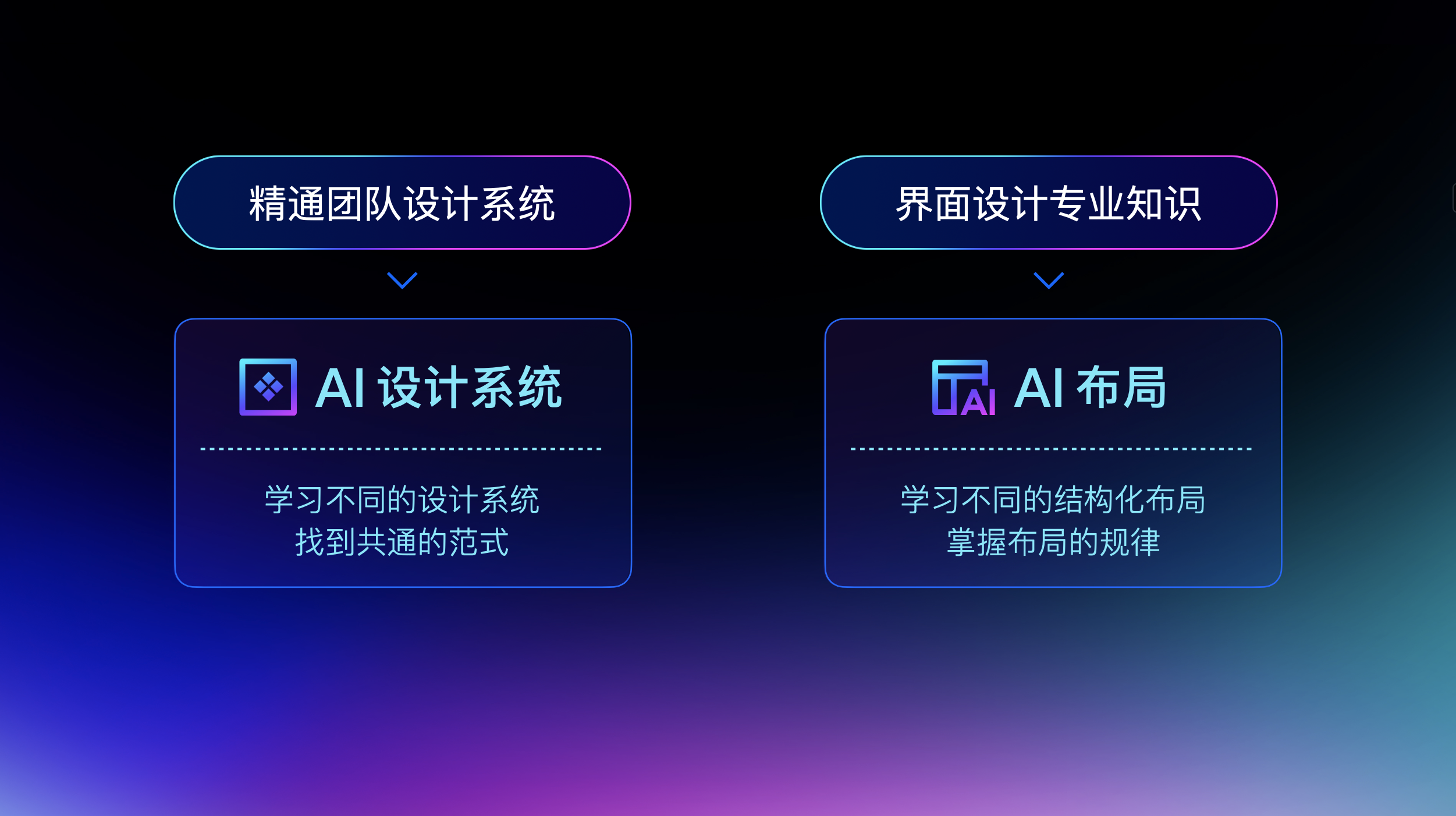 Building AI functionality based on the designer's abilities
Building AI functionality based on the designer's abilities
-
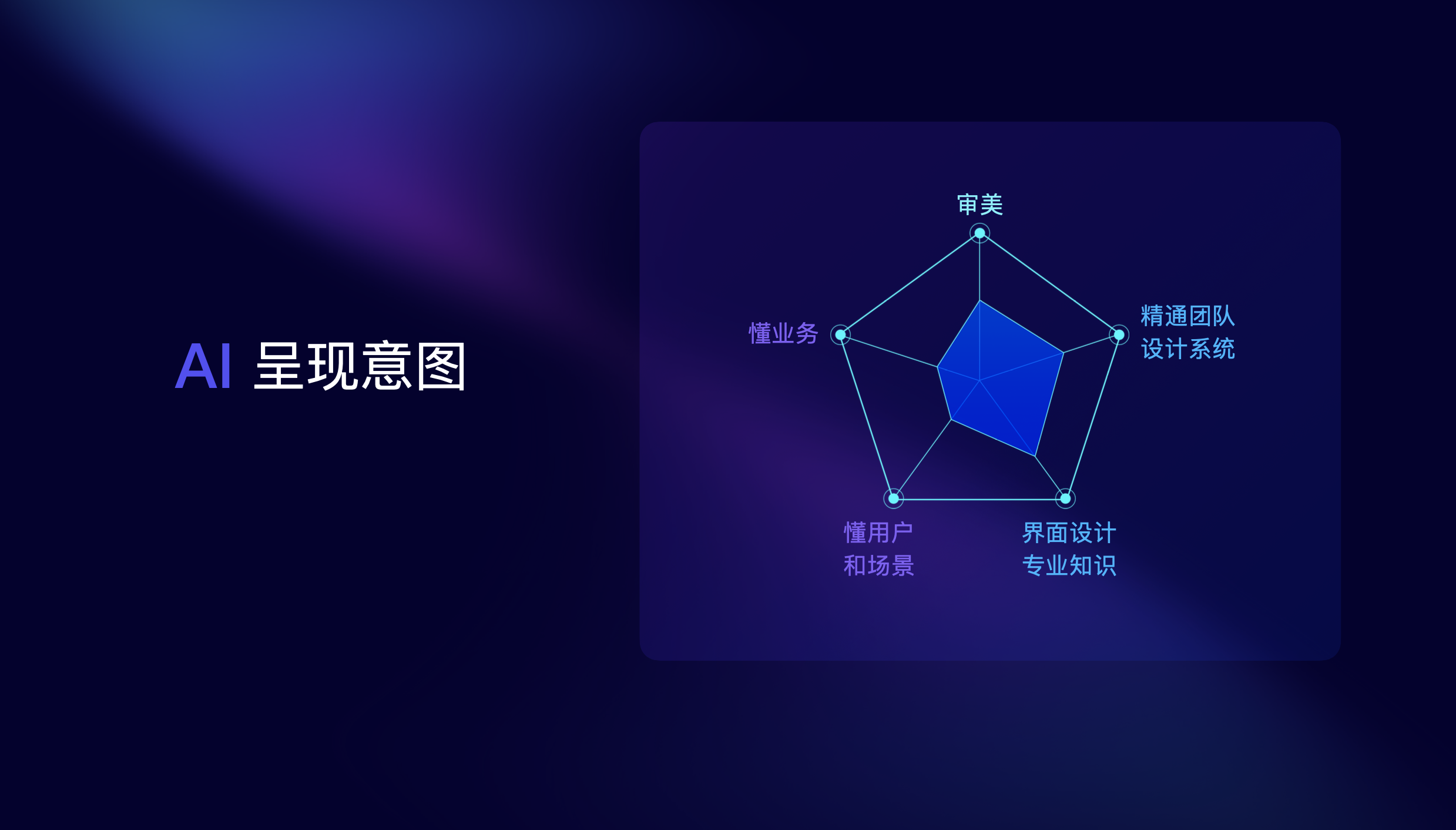 The ability of AI to learn design presents intentions
The ability of AI to learn design presents intentions
-



